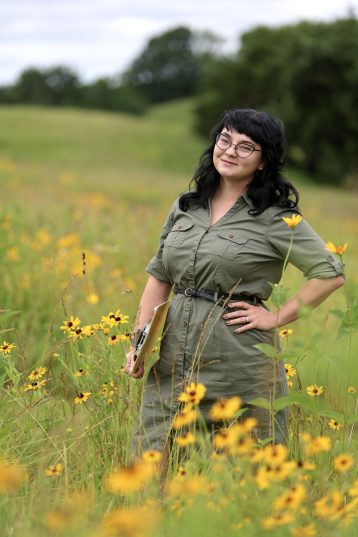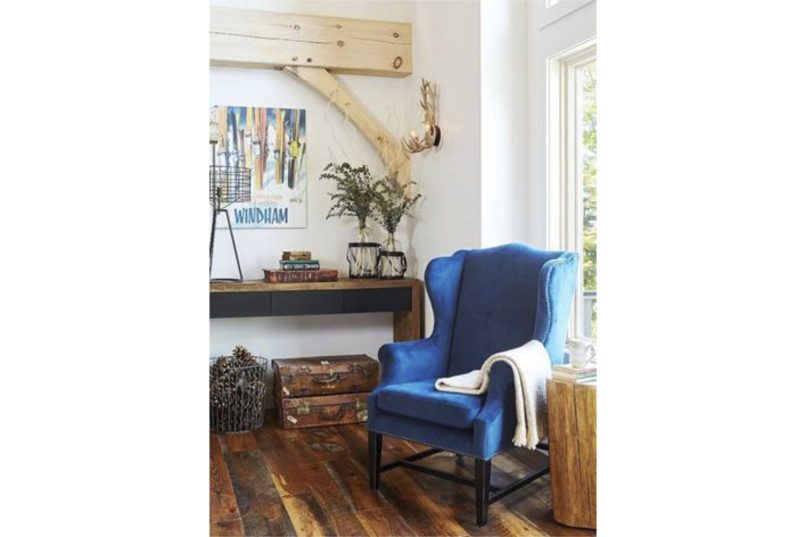In a time in which we are trying to keep physically, mentally and financially healthy, the experts encourage us to harness nature’s power for your family.
One of my heroes is John Muir (1838-1914). He was an influential Scottish-American naturalist, author, environmental philosopher, glaciologist and early advocate for the preservation of the wilderness in the United States.
Muir also is known as the “Father of our National Parks.” Some of his most significant accomplishments were the formation of the Sierra Club and Yosemite National Park.
I think his legacy is best described with one sentence written by Muir: “In every walk with nature, one receives far more than he seeks.”
When we look at that philosophy in today’s modern environment, there is much instruction in his wisdom. There is a rising practice called “nature therapy.” In the broadest definition, this describes a group of techniques or treatments with the intention of improving an individual’s mental or physical health, specifically with an individual’s presence within nature or outdoor surroundings.
Connecting with nature can take place in parks, forests, urban or country gardens, backyards or any space where nature is predominant. The activities can be shared with family. They can be done alone.
How can we bring this practice to home and to our family?
Here are a few ideas to try:
Start a journal for bird watching. Try to identify as many different birds in the natural environment as possible.Start a windowsill herb garden, or take care of a mini collection of African violets or succulents.Spend dedicated time in your backyard garden. Plant flowers or vegetables and enjoy attending to them. Plant or attend to one of your favorite trees.Organize a picnic outside with your loved ones. This is so atypical as we spend more than 90% of our lives indoors. Bring the traditional picnic back, even if it is in our own backyard.Go outside at least twice per day. Get into nature as much as you can. Sit and observe and journal your findings. Paint a picture of what you see. Take photographs of interesting natural things. Tune into your senses, and listen to sounds near and far. Notice the qualities of the breeze on your skin. Pay attention to the warmth of the sun.Go for a 20-minute walk a couple of times per day. (Take your dog, too, or offer to walk you neighbor’s dog.) Slow walking fosters a increased state of awareness, calm and connection with the natural world. Brisk walking will increase your heart rate and will energize the body. Walking also significantly decreases stress and anxiety and will markedly improve your mood.
It gives me joy to know that Muir is as relevant today as he was more than 100 years ago. One of my favorite quotes of his tells the entire story: “Into the forest I go to lose my mind and find my soul.”
Let’s all take his advice, go outside in the backyard, and be washed with the warm sunshine and peaceful influence of nature.
Laura Nissen is a dementia specialist for Luther Manor Communities in Dubuque.














